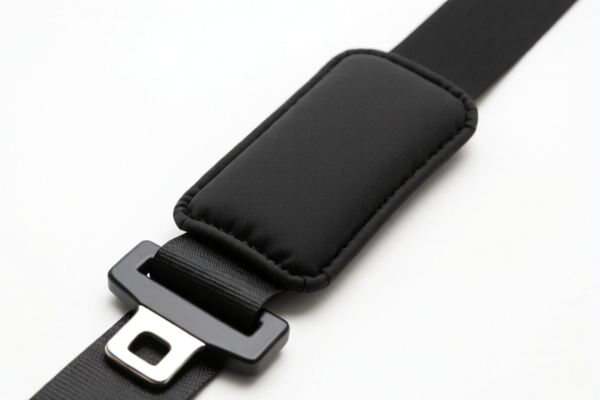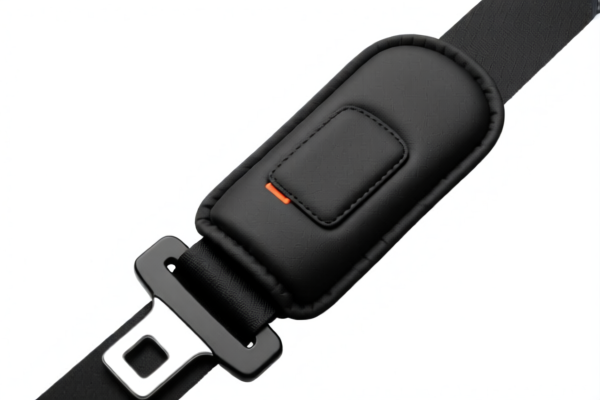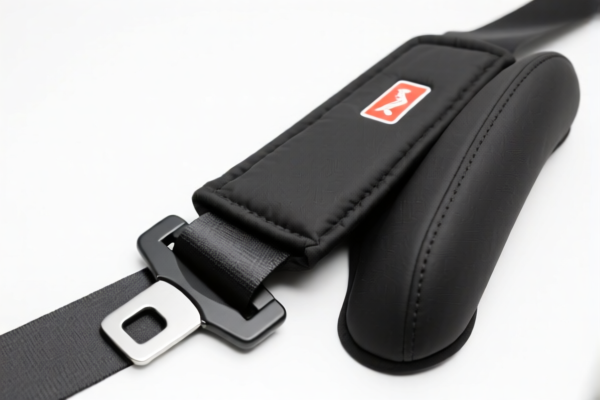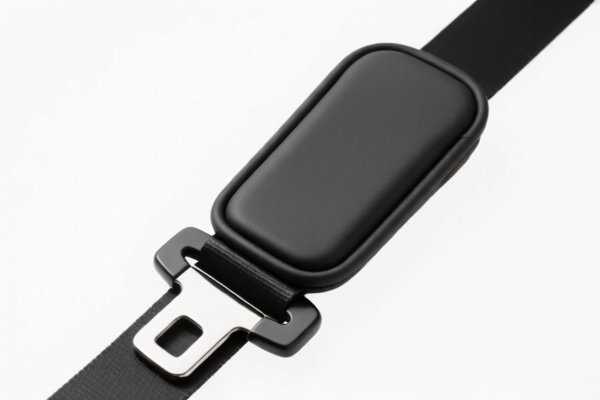| HS Code | Official Doc | Tariff Rate | Origin | Destination | Effective Date |
|---|---|---|---|---|---|
| 3926905900 | Doc | 57.4% | CN | US | 2025-05-12 |
| 3901901000 | Doc | 55.0% | CN | US | 2025-05-12 |




Okay, let's break down the HS codes and potential implications for your declared item "CAR SEAT BELT SHOULDER COVER". Here's a structured analysis, aiming for clarity and actionable insights:
Overall Assessment
You've provided information on three HS codes, but only one appears directly relevant to "CAR SEAT BELT SHOULDER COVER" – 3926.90.59.00. The others relate to surgical towels and ethylene polymers, which are unlikely to be the primary components of your seat belt covers. We'll focus on 3926.90.59.00, but briefly touch on the others for completeness.
1. HS Code 3926.90.59.00: Other articles of plastics and articles of other materials of headings 3901 to 3914
- 39: Plastics and articles thereof. This is the broad chapter indicating the item is made of plastic or contains plastic components.
- 26: Other articles of plastics and articles of other materials. This narrows it down to plastic articles that aren't specifically covered in earlier headings within Chapter 39.
- 90: Belting and belts, for machinery. This is where it gets more specific – it covers belts used in machinery. However, this is often interpreted broadly to include safety belts and related components, especially if they are used in vehicles.
- 59: Other. This is a residual subheading for belting and belts not specifically classified elsewhere.
- 00: Further specification – typically used for statistical purposes.
Implications of 3926.90.59.00 for CAR SEAT BELT SHOULDER COVER:
- Material Composition is Key: This HS code is suitable if your seat belt covers are primarily made of plastic (e.g., nylon, polyester, polypropylene) or contain significant plastic components. If the covers are made of a different material (e.g., cotton, leather), a different HS code might be more appropriate.
- Tax Rate:
- Basic Duty: 2.4%
- Additional Duty: Currently 25.0%. Important: This is scheduled to increase to 30.0% after April 2, 2025.
- Total Tax: 57.4% (as of today).
- Potential Scrutiny: Customs officials may examine the material composition and intended use of the covers to confirm this HS code is accurate.
2. HS Code 3901.90.10.00: Polymers of ethylene, in primary forms
- 39: Plastics and articles thereof.
- 01: Polymers of ethylene. This refers to the raw plastic material itself (e.g., polyethylene).
- 90: Other.
- 10: Elastomeric.
- 00: Further specification.
Relevance: This HS code is unlikely to apply to the finished seat belt covers. It would only be relevant if you were importing the raw plastic used to manufacture the covers.
3. HS Code 369: Other made up articles, including dress patterns
- 36: Impregnated, coated or laminated textile fabrics; textile articles of felt; non-woven fabrics; narrow fabrics.
- 9: Other made up articles, including dress patterns.
Relevance: This HS code is unlikely to apply to the finished seat belt covers. It would only be relevant if the covers are made of textile fabrics.
Recommendations & Next Steps:
- Confirm Material Composition: Crucially, verify the exact materials used in your seat belt covers. If they are not predominantly plastic, we need to explore alternative HS codes.
- Check for Textile Content: If the covers contain a significant amount of textile fabric, you may need to classify them under a different HS code within Chapter 60 (Textile fabrics).
- Consider Functionality: Emphasize the safety function of the covers in your customs declaration. This can support the classification under 3926.90.59.00.
- Review Regulations: Stay updated on any changes to import regulations and tariffs, especially regarding the additional duties scheduled to increase on April 2, 2025.
- Documentation: Prepare detailed documentation, including:
- Bill of Materials (specifying all materials used)
- Technical specifications
- Photographs of the covers
- Invoice with accurate pricing.
- Potential Certifications: Depending on the destination country, you may need to provide safety certifications or compliance reports for automotive safety products. Check the specific requirements of the importing country.
Disclaimer: I am an AI assistant and cannot provide definitive customs classification advice. This information is for general guidance only. It is essential to consult with a qualified customs broker or import specialist for accurate classification and compliance.
Customer Reviews
The recommendations for confirming material composition and preparing documentation were really helpful. I'm more prepared now.
The review of the other HS codes was a nice touch. It helped me see why they weren't the right fit for my product.
I found the breakdown of the HS code structure very informative. It helped me understand how the code is categorized.
The information on the additional duty increase after April 2, 2025, was very useful. I didn't know that was coming.
Great resource for finding the correct HS code for car seat belt shoulder covers. The detailed explanation of the tariff rate was exactly what I needed.